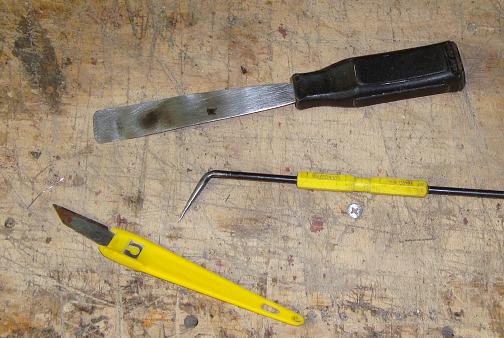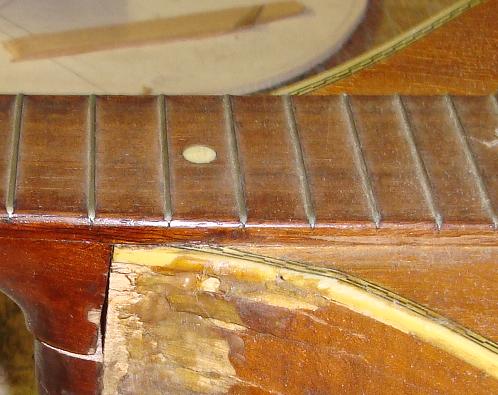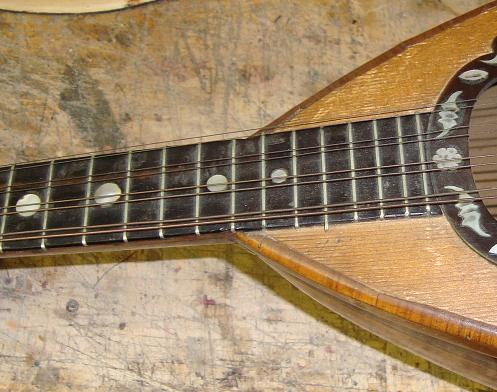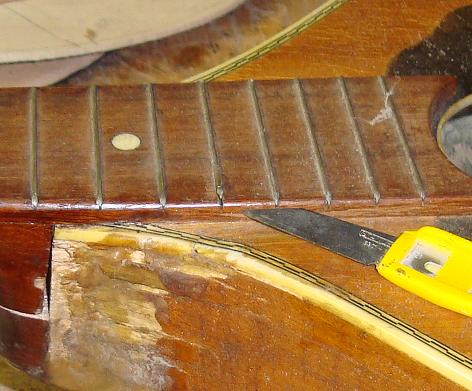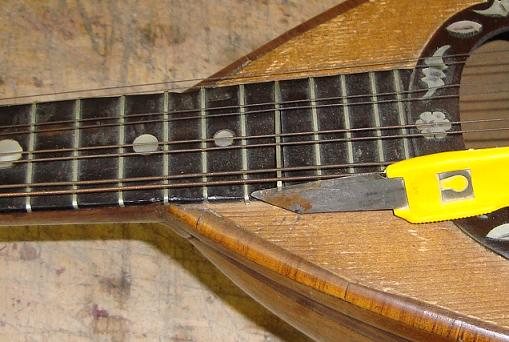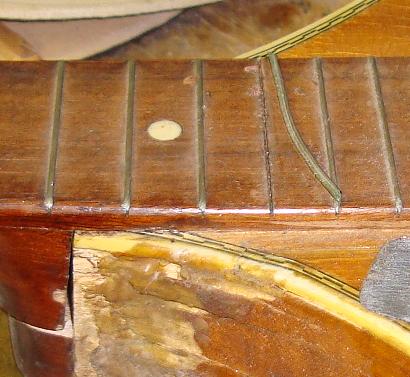Firstly, you only remove frets when the bending in the neck is too severe for a dip to be fixed by levelling the frets. If the dip is very slight, levelling the frets is the easiest option. If by levelling you would reduce the fret height to almost nothing, then you need to remove them to level the fingerboard. If you keep them carefully aligned and in order, it is often possible to refit them again after levelling.
There are two types of frets you may have to deal with..... tanged and non-tanged (i.e. with and without teeth) which are designed to grip the edges of the fret-slot and hold the fret in place. The approach to the removal of both is the same, but toothed are a little trickier.
If your old frets are badly worn, that is another reason you may need to re-fret with new frets. However, because a few frets are worn, does not mean you need to renew them all. If you can get old of the same thickness of fret, it is only necessary to replace those worn, typically 2, 3, 5, 4. and 7. If sufficient depth remains to the frets, it is also possible to remove and turn them over. I have done this quite successfully.
Beware, with tanged frets, it is important not to rip them out carelessly, as pieces of the fingerboard will come too!!

Bar frets
T frets
